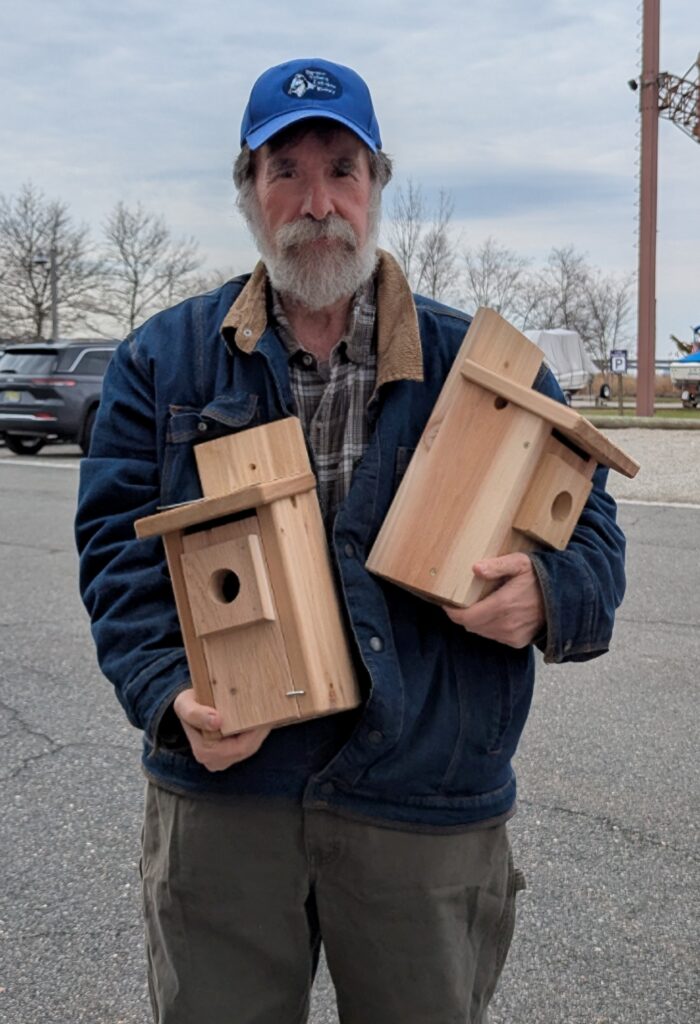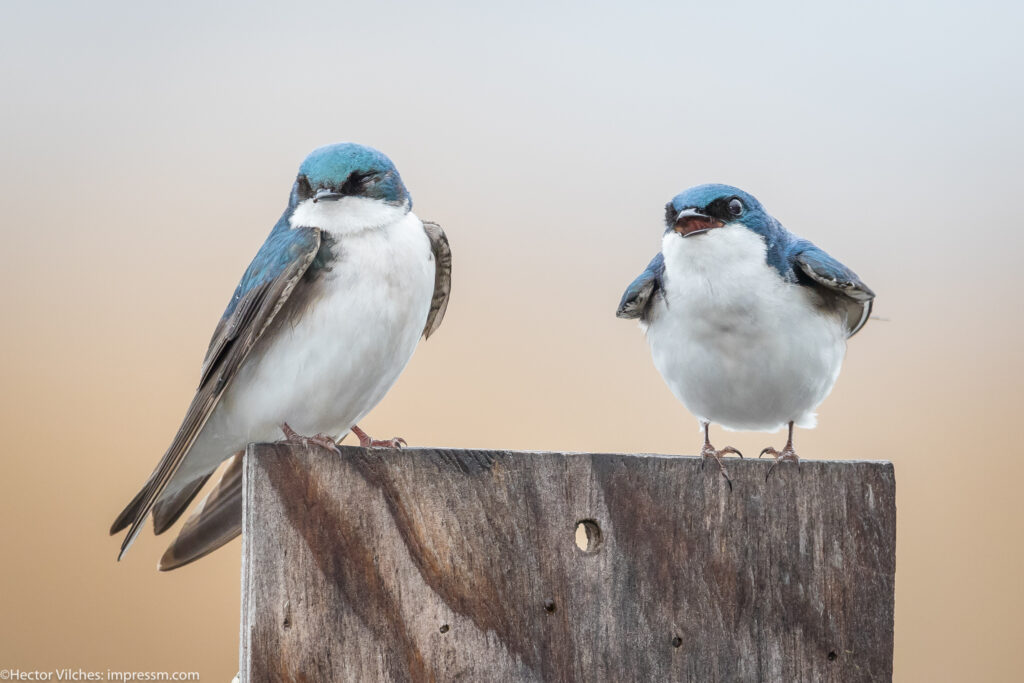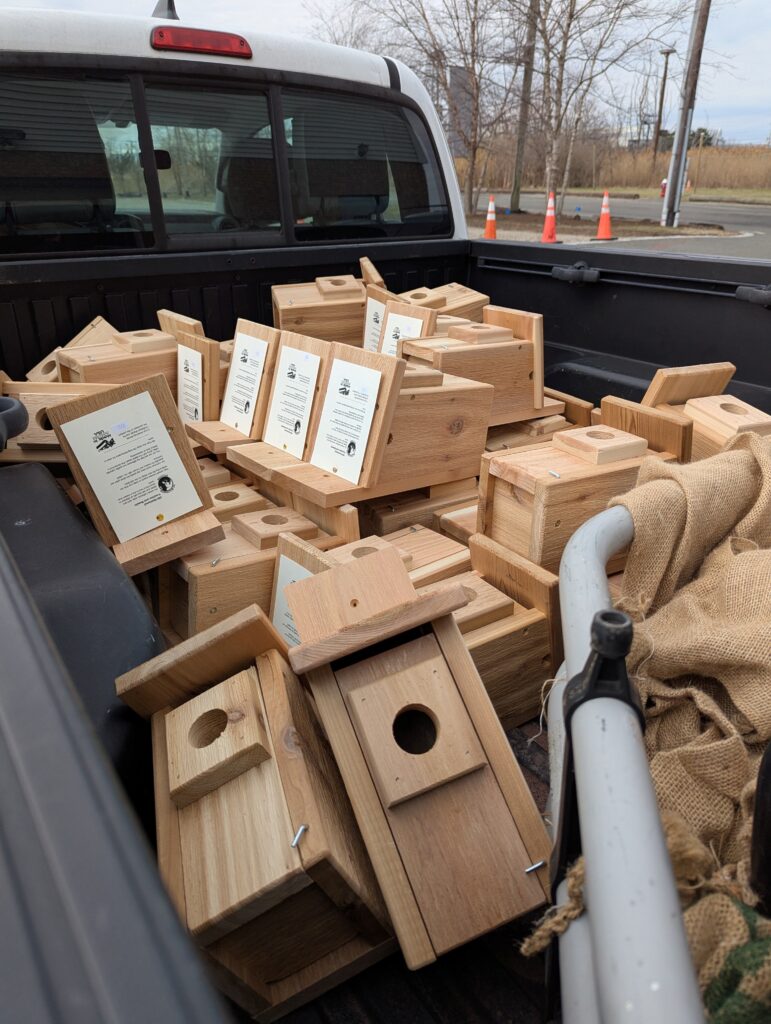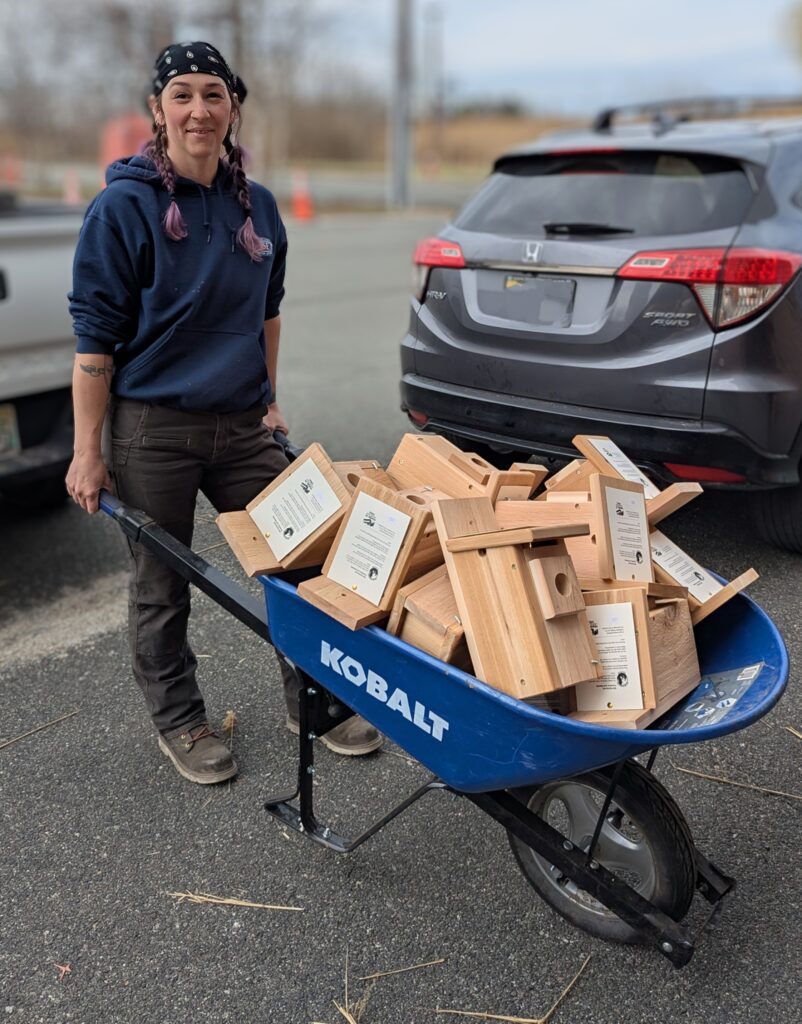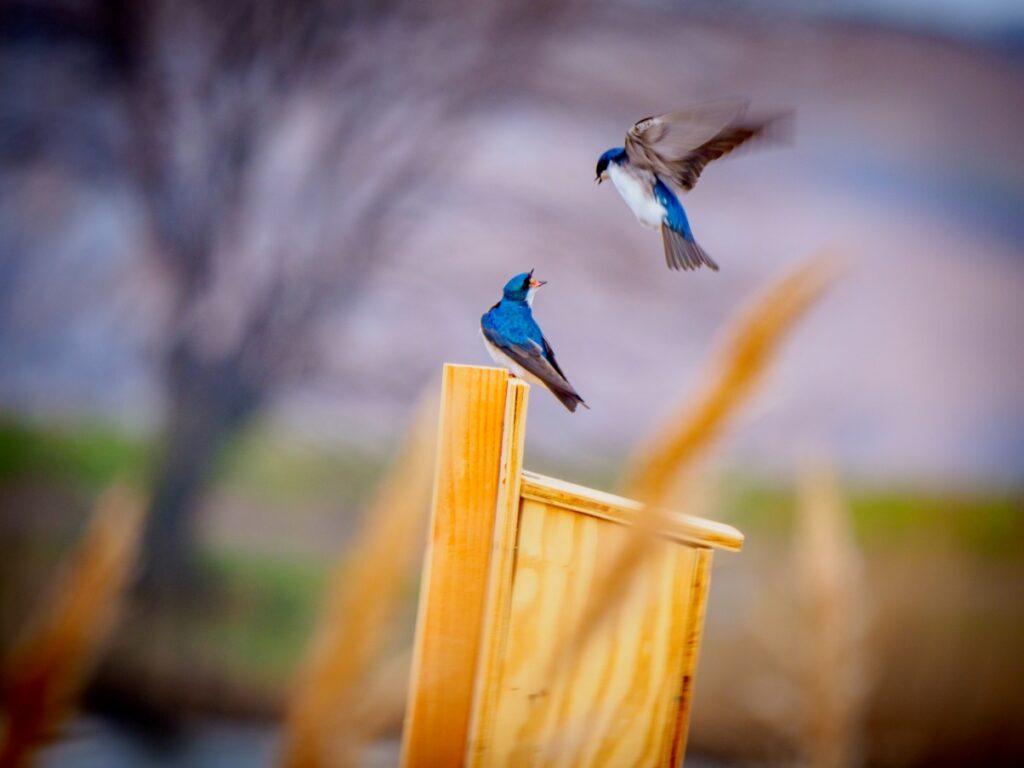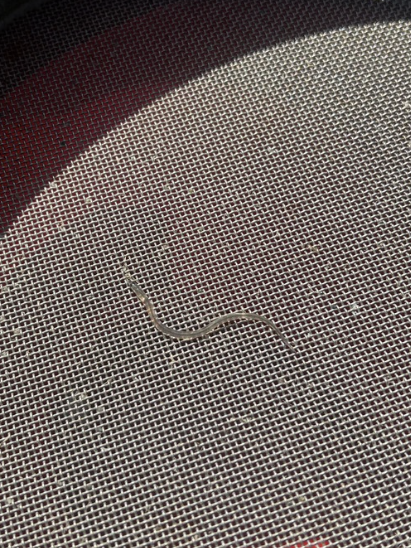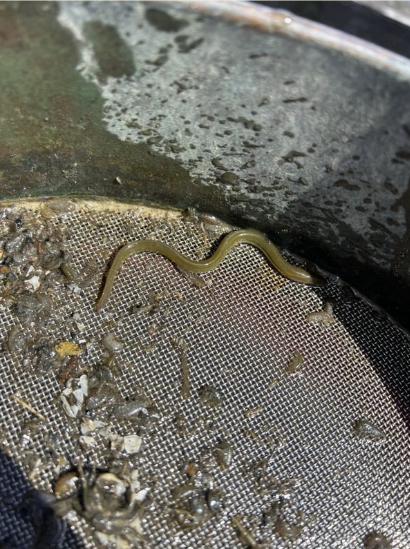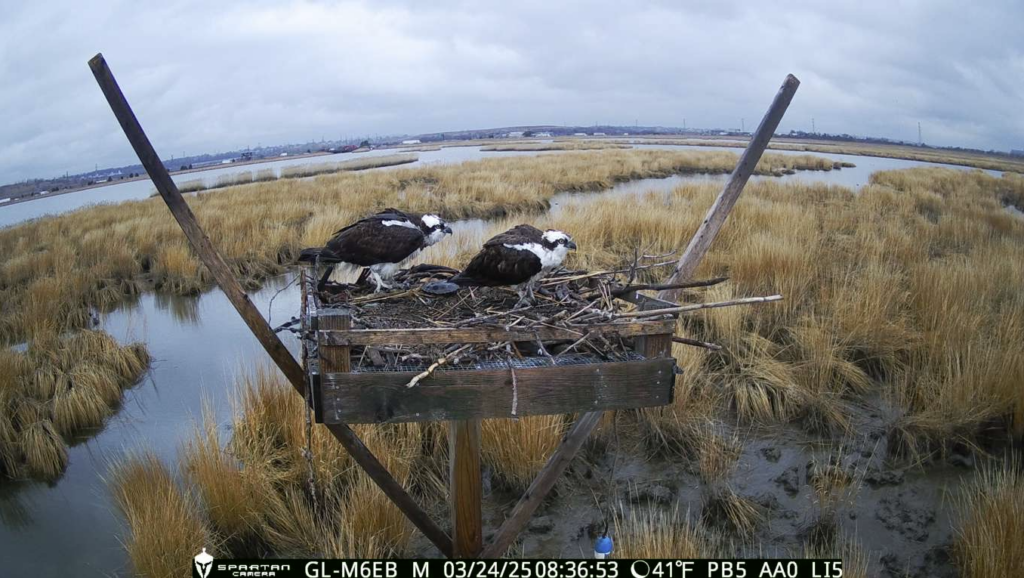A hearty thank you to the Bergen County Audubon Society for their generous donation of 50 Tree Swallow boxes to the NJSEA for installation at DeKorte Park in Lyndhurst and Mill Creek Marsh in Secaucus!
The adorable species iridescent blue feathers perfectly complemented by white underparts, and acrobatic-act flights, make Tree Swallows a favorite spring migrant among visitors. As you can see above, they are also incredibly photogenic!
Tree Swallows will only nest in hallowed-out cavities. Given their dwindling habitat, yearly box donations are critical to breeding success in the Meadowlands.
Pictured are Aleshanee Mooney, Field Ecologist with the NJSEA’s Meadowlands Research and Restoration Institute, and BCAS President Don Torino.
Thank you once again BCAS!

